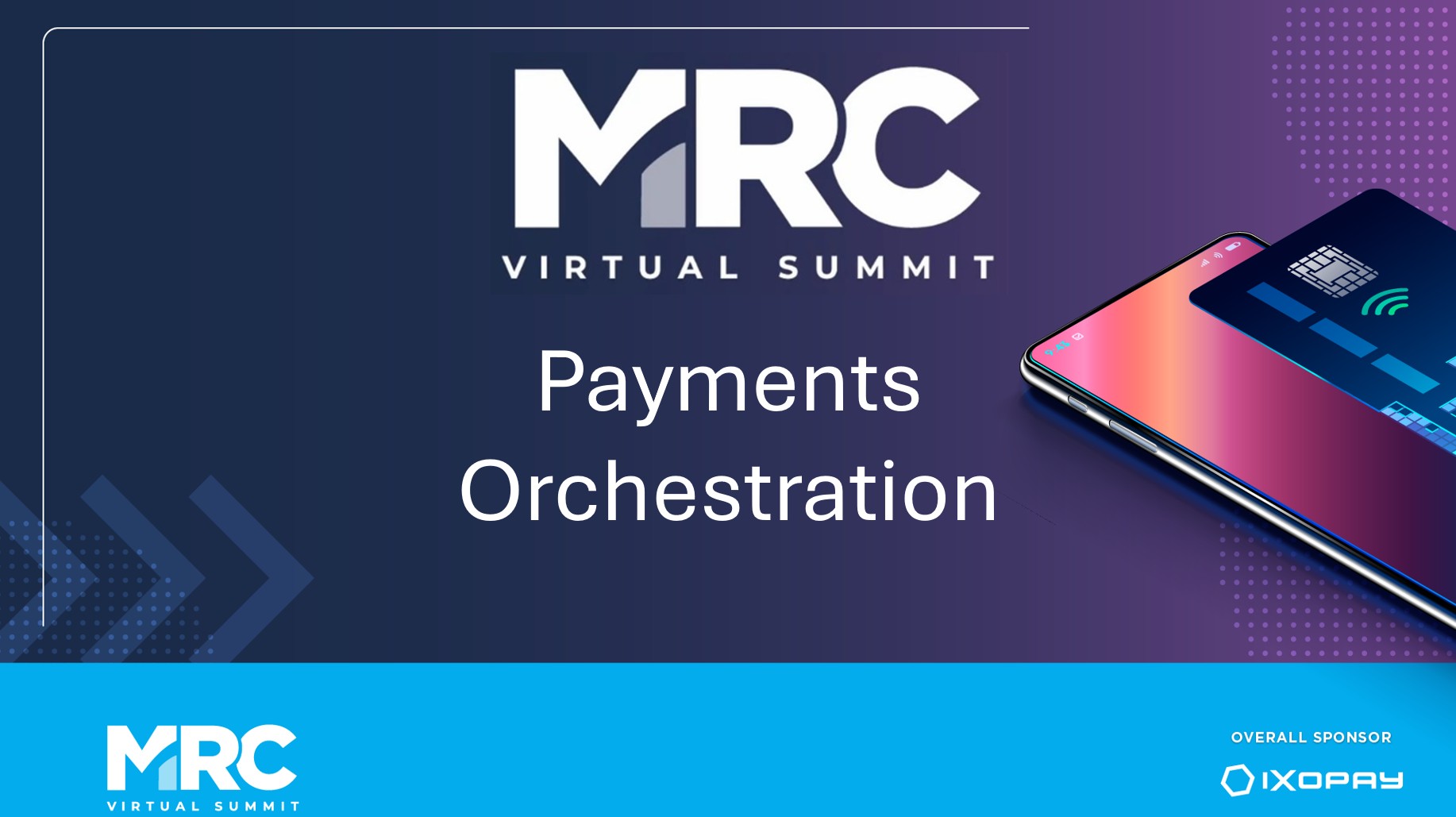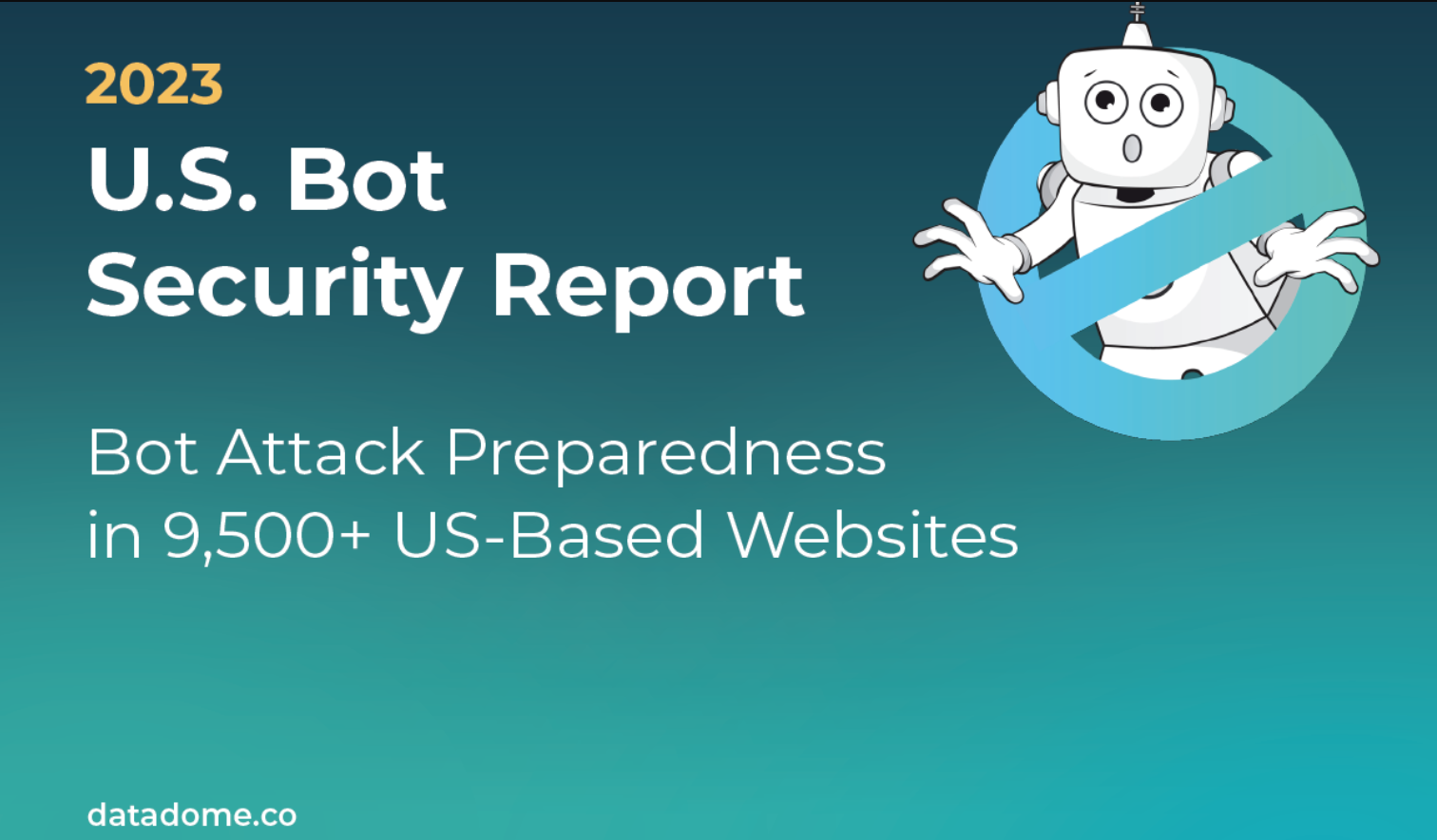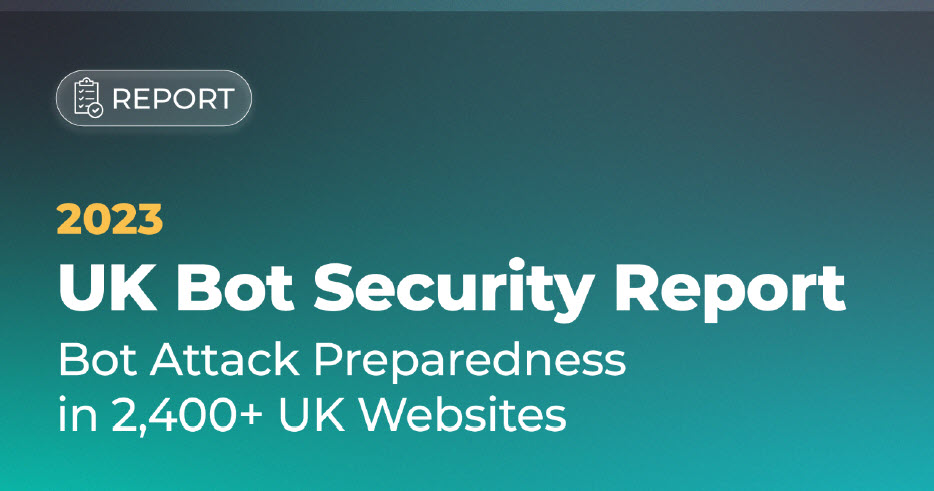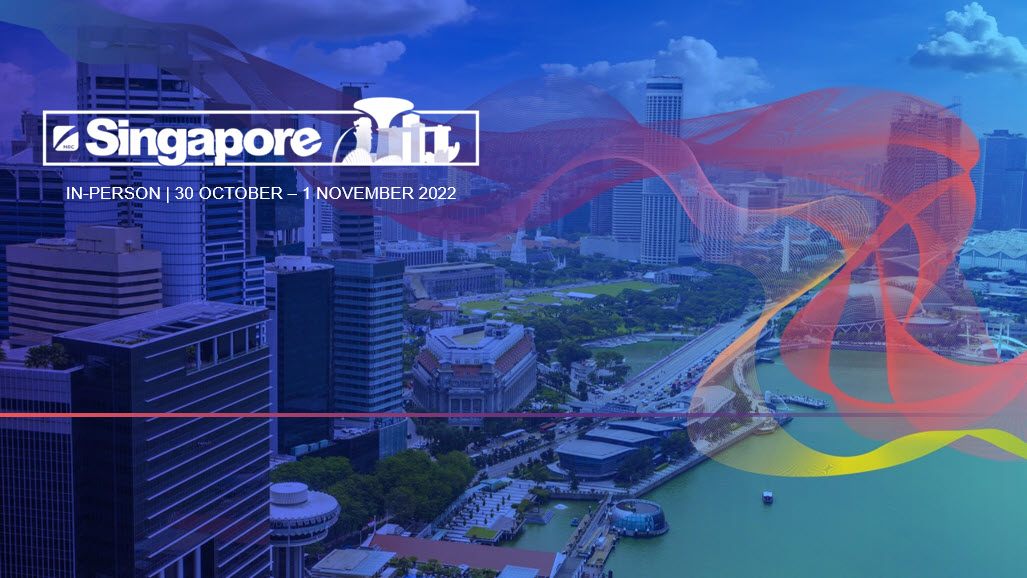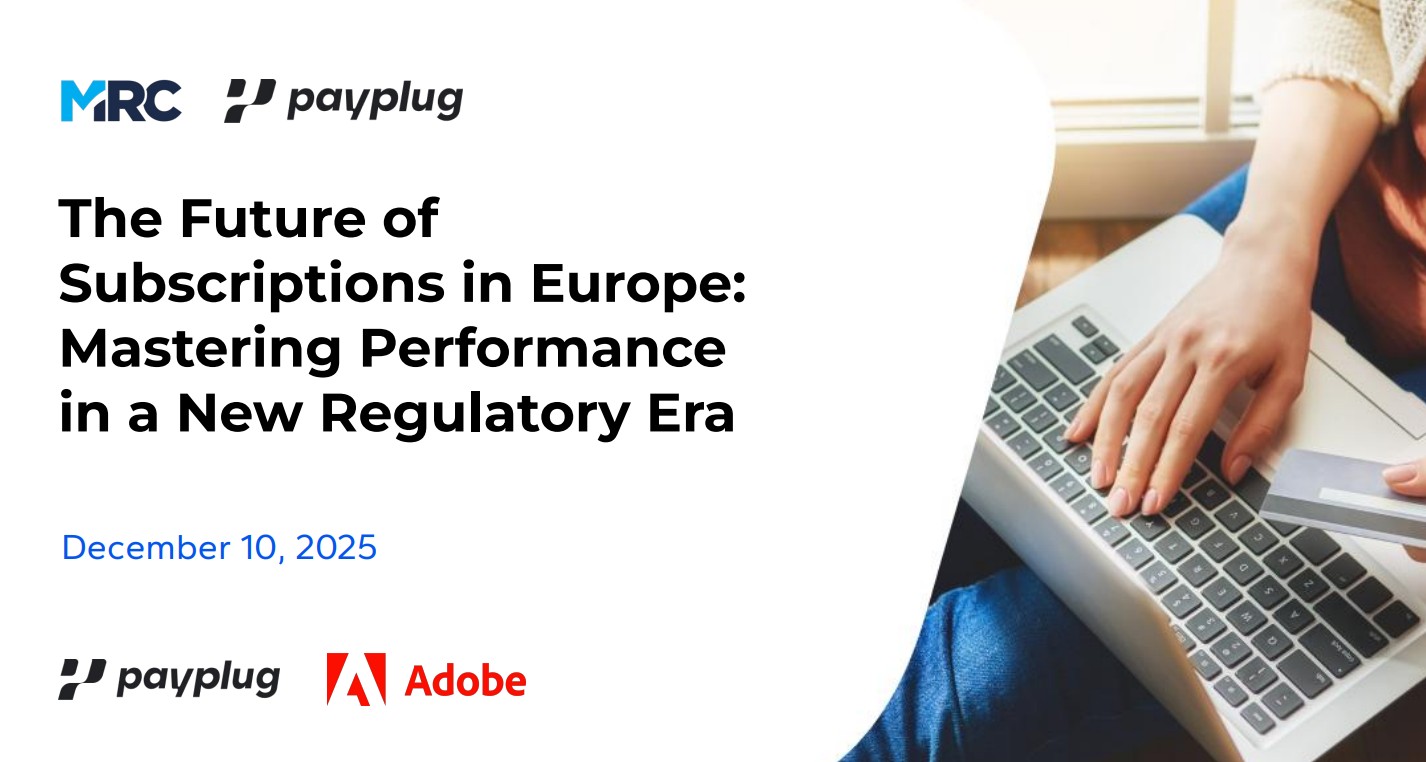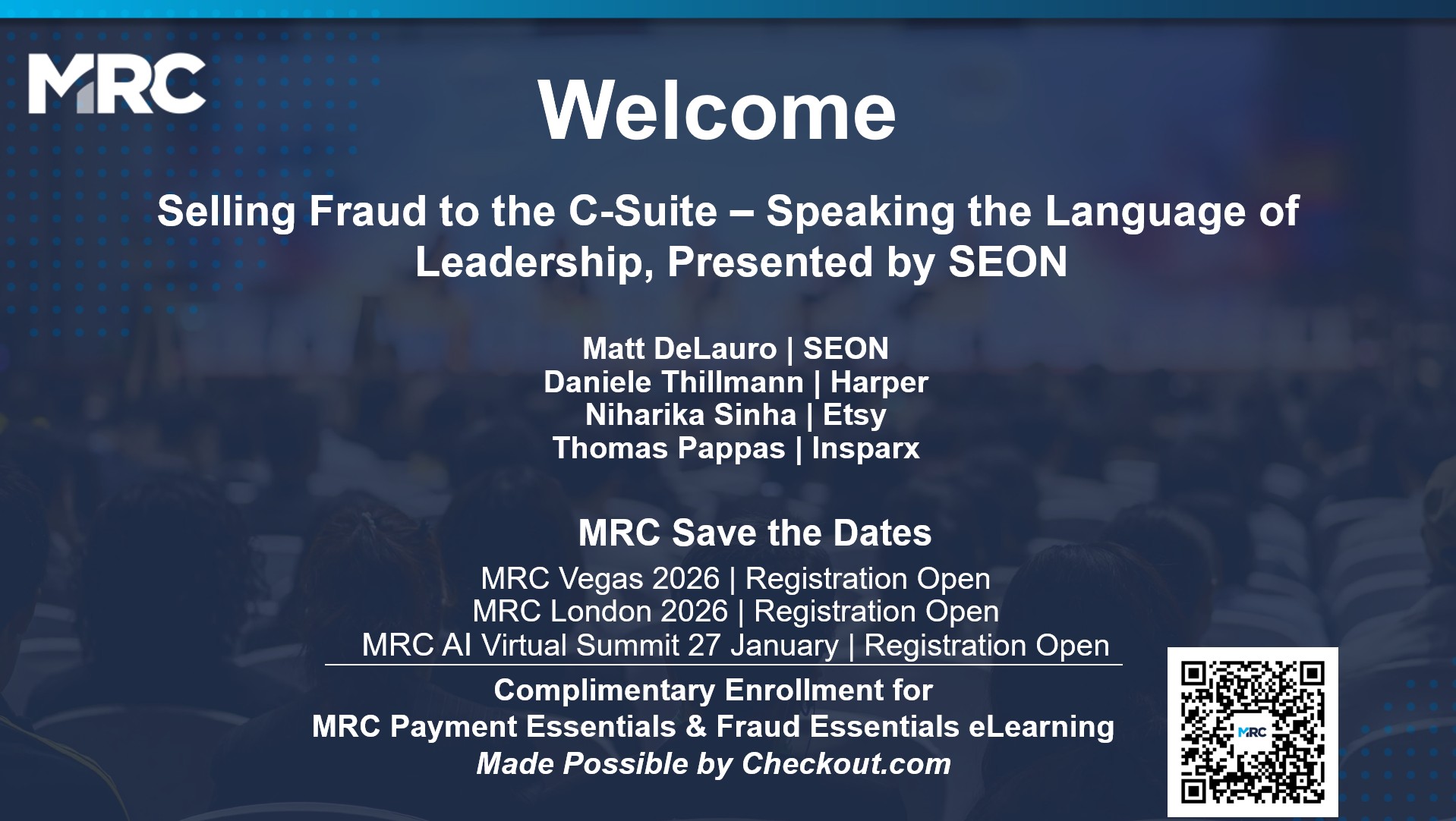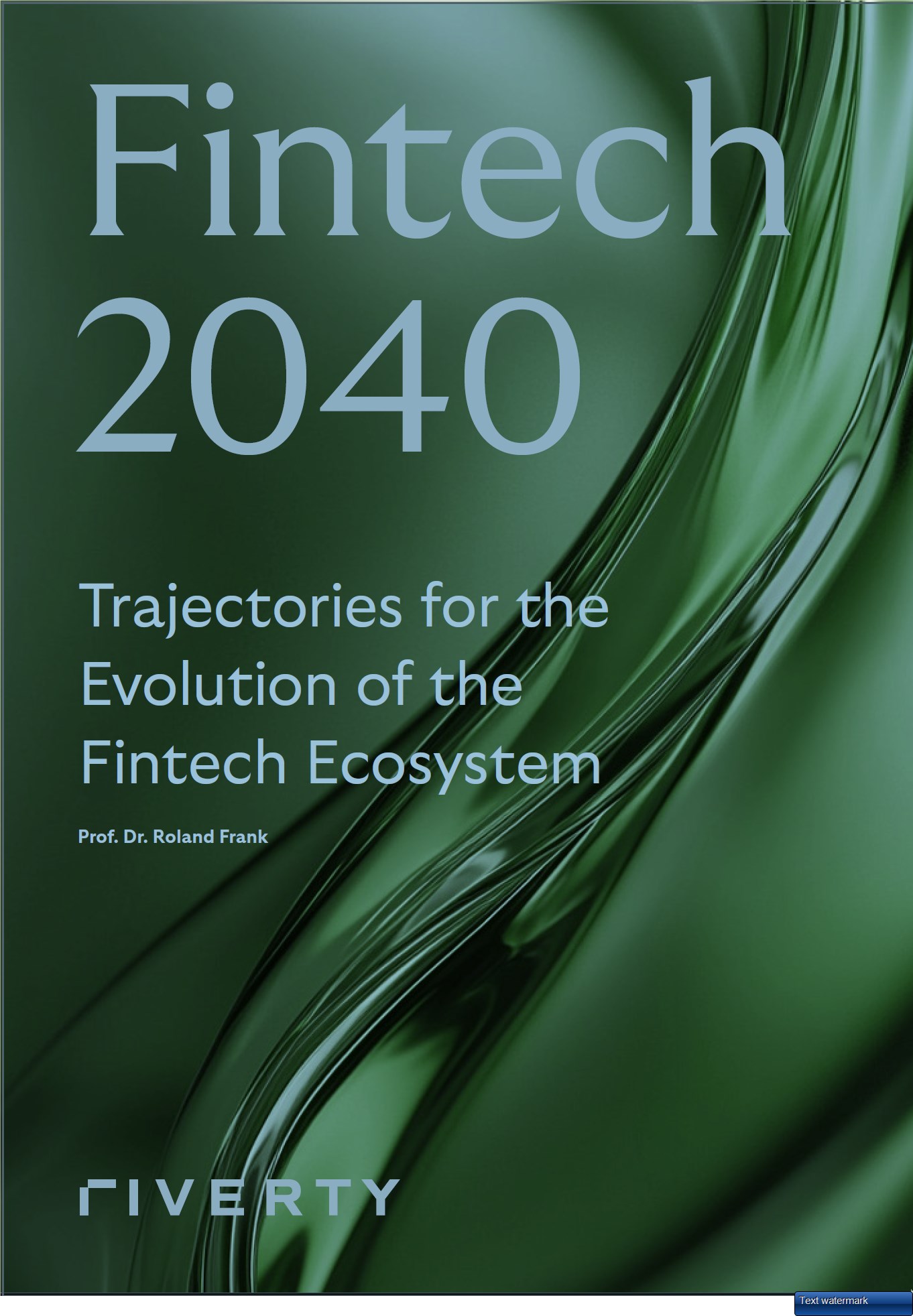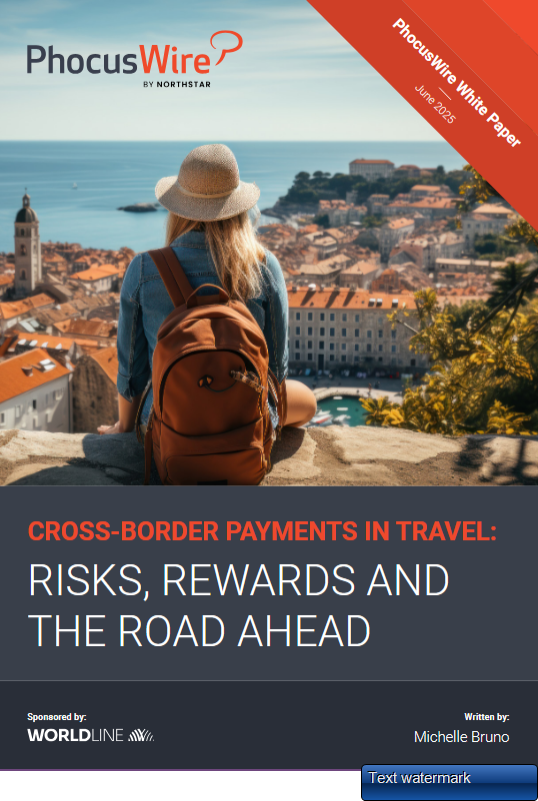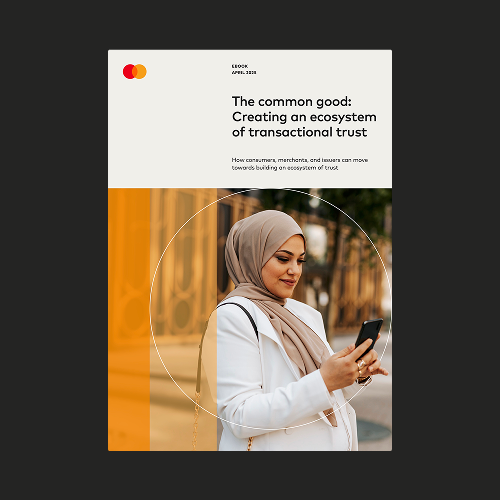A New Fraud Prevention Paradigm: Attack Incentive Index
Tackling fraud long-term requires getting to the root of the issue: the economic drivers behind attacks.
Disparities in wages, cost of labor and comparative currency values dramatically shift incentive levels among would-be fraudsters across the globe. Attacks have a different value for the perpetrator depending on which country they are in, and other specifics to their local currency and economy.
This presentation explores the concept of an Attack Incentive Index, combining regional economic indicators with proprietary data on known attacks to highlight differing motivation levels across the globe. It also highlights methods for applying these findings to businesses' own risk profiling to inform authentication strategy.
Some content is hidden, to be able to see it login here Login




